It's no surprise that more and more people watch Formula 1 each year given the quickest vehicles, breathtaking scenery, and intense action. However, Formula One Racing is a highly technical sport, and it might appear intimidating to a novice trying to learn the ins and outs of the laws.
Watching Formula One is simple for everyone, but with a little more knowledge of the regulations, it quickly transforms into admiration, fun, and eagerly anticipating the next race!
A Grand Prix in Formula 1
Since every F1 race is a Grand Prix, but not every race is a Grand Prix, the name "Grand Prix" comes from the French word for "great prize," which captures the significance of an F1 race in comparison to other racing series.
Circuits
Grands Prix are held in international locations to provide a season with a different number of events every year. Although the number of events every season is clearly increasing as the years pass, there is no set minimum or maximum season duration.
To safeguard drivers and spectators, the FIA, F1's governing body, has established the highest safety regulations that must be followed at every Grand Prix venue. Consider Formula 1 as the World Cup and the FIA as FIFA if you're a football (or soccer, if you prefer) fan.
A circuit is a section of road that winds through a tarmac ribbon before coming to a conclusion. It can be found at a racetrack or on closed-off public streets.
Read also: Best Formula 1 circuits in the world
Distance in a Race
Rules set in 1989 stipulate that each race must be 305 km (190 miles) long rather than arbitrarily taking place on random routes in each country.
Although the length of each circuit will differ, drivers will continually circle the course until they reach 305 kilometers in an F1 race. The Grand Prix will terminate when they cross the finish line again once they reach that point.
The only exception to this rule is Monaco's 260-kilometer street circuit, which is incredibly narrow and winding.
Lights Out: Is the Race About to Begin
Every Grand Prix starts with a formation lap, in which the drivers line up on the starting grid after circling the track more slowly than normal.
Five red lights above the starting line will turn on one after the other until the last driver is in their designated starting position, marking the beginning of the race. The Grand Prix starts when all five lights go out at the same time.
There is a consistent interval of time between each light turning on and off, but there is an unpredictable pause between the fifth light turning on and all of them turning off. Because of this variety, a driver's ability to respond quickly is essential to outperforming their rivals.
Weekend Structure
Five sessions are held over three days during each Formula 1 race weekend. The first two sessions take place on Friday, the second two on Saturday, and the Grand Prix final takes place on Sunday.
Three racing weekends in 2024—the Bahrain Grands Prix, the Saudi Arabian Grands Prix, and the Las Vegas Grands Prix—will begin one day sooner than the others. These will all take place from Thursday to Saturday.
No-Cost Practice
On Fridays and Saturdays, drivers may try various car settings and become acquainted with the circuit during non-competitive Free Practice sessions.
Three one-hour Free Practice sessions are scheduled for a typical race weekend, with two taking place on Friday and one on Saturday prior to qualifying.
A shorter race known as Sprint will be held on some racing weekends; the specifics are shown below. There are just two Free Practice sessions for these, and they are on Friday and Saturday.
Read also: Andrea Stella: Ferrari's Recuperation Benefits and Hurts McLaren
Are you eligible
Qualifying is the first competitive session of a weekend; the starting position for the race is determined by an hour of running.
With the fastest drivers starting the race at the front and the slowest at the back, drivers try to post the fastest lap times around the Grand Prix circuit.
There are three sessions for qualifying: Q1, Q2, and Q3. An hour is made up of Q1's 18 minutes, Q2's 15 minutes, and Q3's 12 minutes, with a seven- and eight-minute break in between.
The five drivers with the slowest lap times at the end of the first qualifying round are eliminated and will start the race in that order. Starting at the twentieth position, the slowest driver moves up to the nineteenth, and so on.
The remaining 15 drivers go through the same procedure in Q2, with the times established in Q1 being wiped clean.
The last ten drivers square off in a straight shootout in qualifying round Q3, with the fastest driver claiming pole position and the right to start the race from the front.
Run
Sprint, a 100-kilometer short-form competition that debuted in 2021, took the place of the third Free Practice session on some race days.
China, Miami, Austria, the United States (Austin, Texas), Brazil, and Qatar will host six Sprint races in 2024.
A shortened qualifying session is held on Friday afternoon before to the Sprint race on Saturday morning, according to the Sprint weekend schedule. In a sprint, pit stops are not required.
Fermé Park
Parc fermé, which means "closed park" in English, is another French term that is used in Formula One.
The term "parc fermé" relates to shutting the "car park" (also known as the parking lot) to stop the teams from altering their vehicles, thus there's nothing romantic about a grassy park with a lake involved.
The car's fundamental configuration remains the same from Qualifying to the Grand Prix as Parc fermé conditions begin when Qualifying starts.
In parc fermé, only minor changes to the front wing, refueling, and fluid draining and replenishment may take place. An FIA scrutineer must be present to supervise the teams' activities while they complete these tasks.
Read also: F1 2024: Comparative Team-mate Statistics And Their Trends
DRS
- A hole in the rear wing that reduces air resistance as an F1 vehicle races around the course is known as the Drag Reduction System, or DRS for short. It was first introduced in 2011.
- DRS was introduced with the goal of increasing spectator enjoyment and encouraging more overtaking during a race.
- An F1 car may go quicker than it normally would by lowering drag, which makes it simpler to catch up to any rival driver whose vehicle isn't employing DRS.
- The driver cannot use DRS at any other moment during their lap; it can only be used in specific "zones," which are often straight areas of the course. Drivers can use DRS whenever they enter the DRS zone during Free Practice and Qualifying.
- They must, however, be within a second of the leading vehicle at a detection point prior to the zone starting in order to profit from the system throughout a race. The vehicle ahead may be a competitor they are pursuing or a motorist who is one lap behind.
Automobile Rules
Every Formula One team builds its vehicles to adhere to rules that the FIA predetermines and that encompass nearly every facet of development, from tire pressures to engine performance.
The brilliance of Formula One lies in the way its engineers understand the rules and design a car that complies with them while simultaneously coming up with creative methods to maximize performance that they hope other teams will overlook.
The Formula 1 rules specify everything, such as the minimum weight of a car (796 kg), the dimensions of the rearview mirrors (150 x 50 mm), the amount of fuel that must be available for sampling following a race (one liter), and the areas in which an engineer can and cannot exercise design freedom with regard to aerodynamics.
F1 Flag Regulations
In order to provide a driver with a visual cue of a problem, trackside marshals frequently wave flags, and Formula One is no exception.
The flag system, enhanced with LED displays in the present era, is a reliable technique to ensure that all drivers are informed of the track's state, even if all the vehicles have radio systems and information passed through to the drivers as they lap a circuit.
A warning sign
When a vehicle sees a yellow flag, it means there is an event ahead of them and they should be aware of it. They should avoid it and not pass.
A car must slow down when a marshal waves one yellow flag because of the impending danger; however, if a marshal waves two yellow flags, it indicates a more dangerous situation and the driver needs to get ready to stop.
Green Flag
The opposite of a yellow flag, a green flag tells a driver that there are no incidents on the track ahead and that they can drive or race at full speed.
In order to let drivers know that the incident area is behind them and that they are free to race from where the marshal is waving the green flag, a green flag often follows a yellow flag.
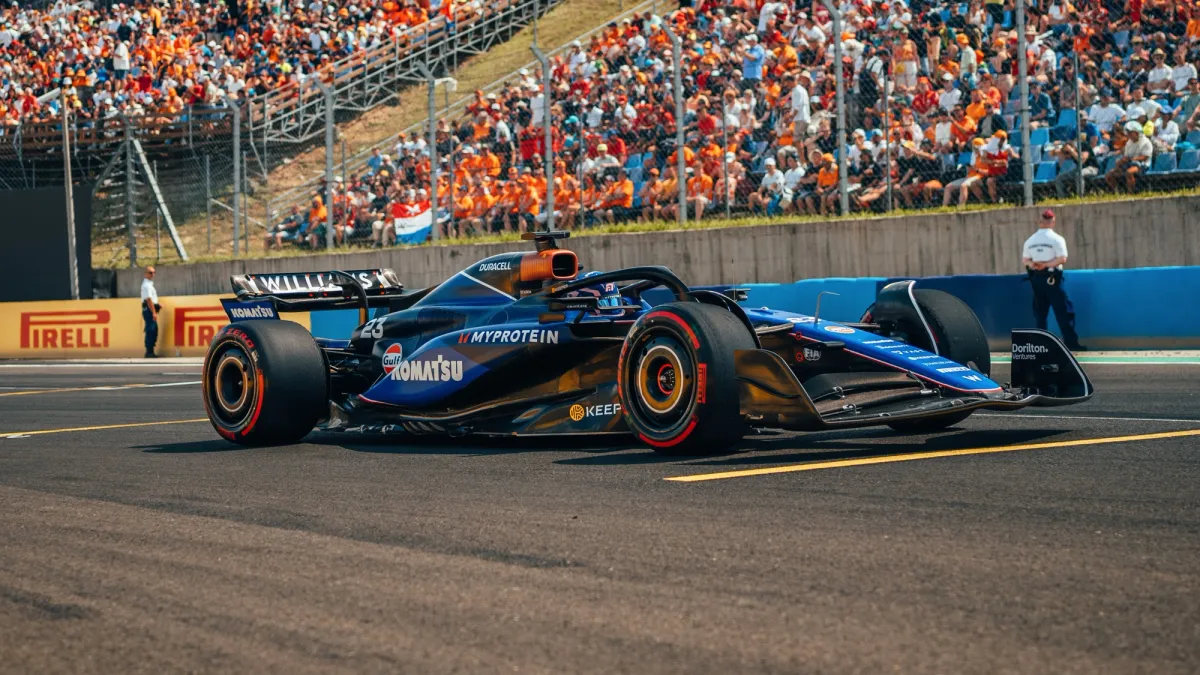
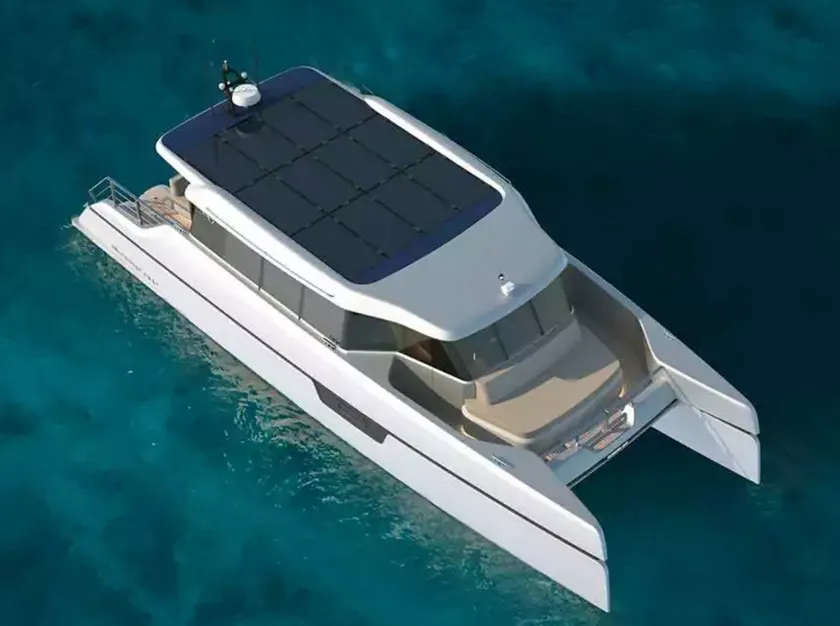



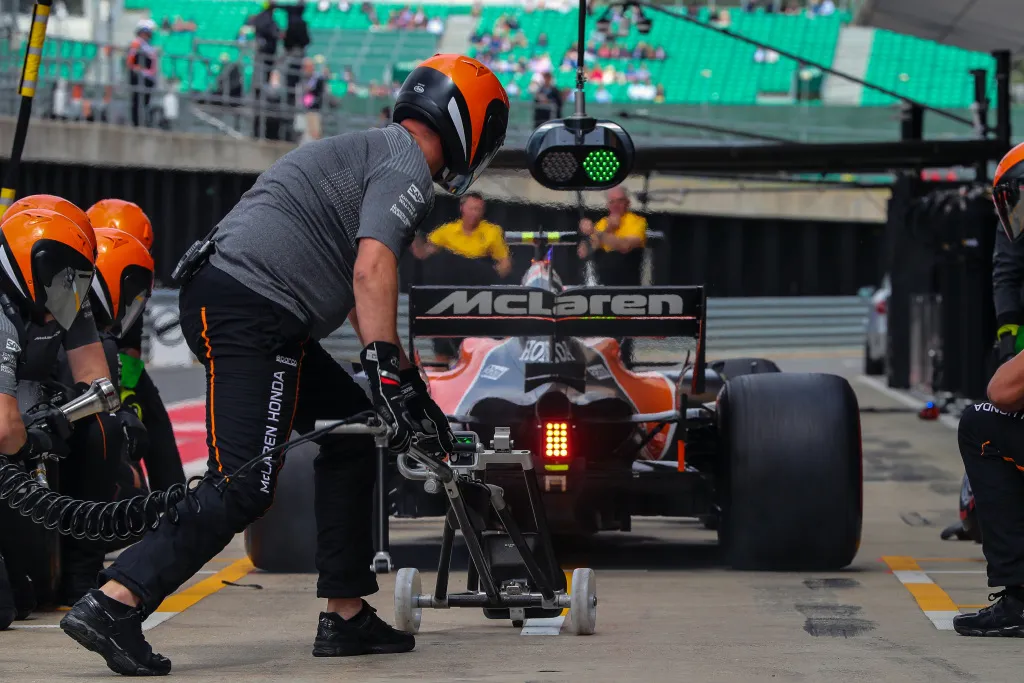
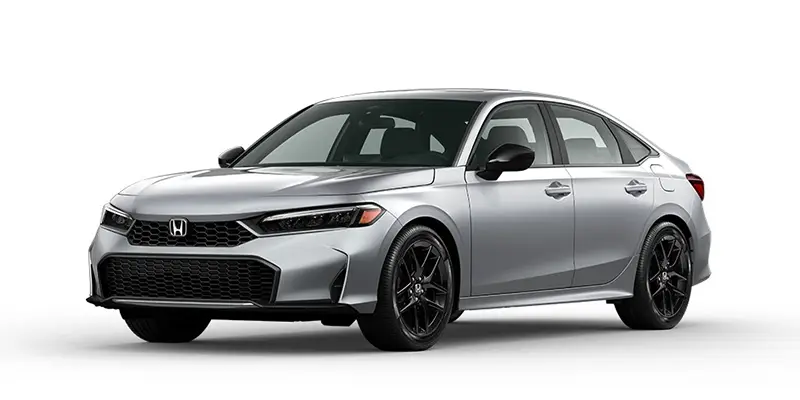


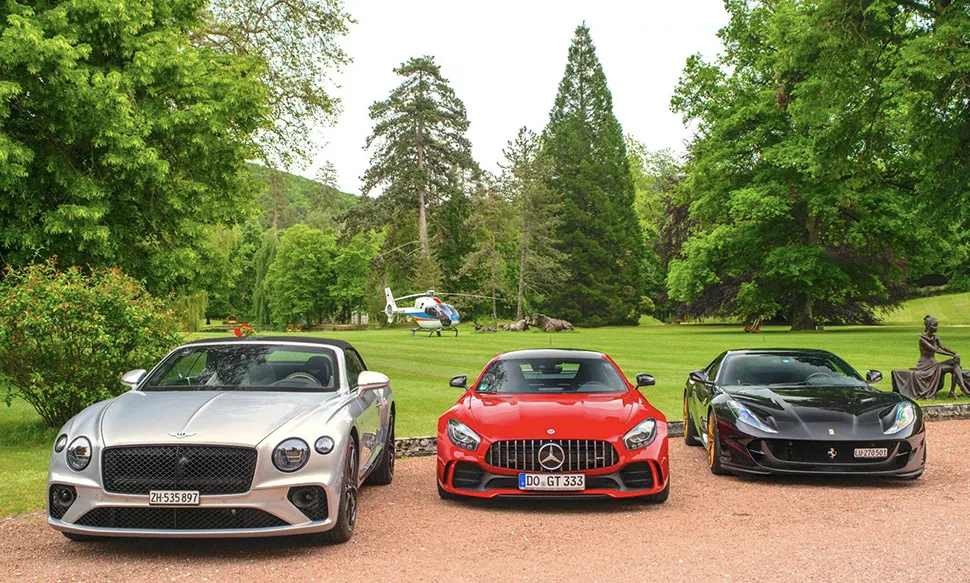
.webp)